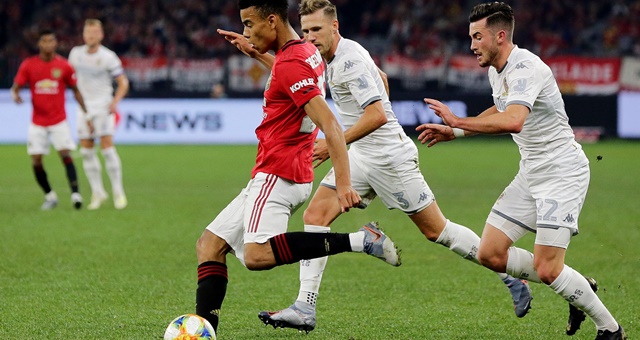
Rates and room occupancy levels across many Australian cities appeared to stabilise somewhat in July after several months of new room supply outweighing demand, new data from STR out this week shows.
While supply continued its strong momentum, nationwide RevPAR caught up slightly, closing for the month down a minor 0.5 per cent in a year-on-year comparison to $133.13 per night from $133.81 the year before. Six of Australia’s ten largest markets saw demand growth of four per cent or higher.
Visits to Perth by English Premier League powerhouse Manchester United and popular second division side Leeds United for a pair of exhibition matches against each other and local A-League side Perth Glory helped the WA capital to set the standard for July. Demand by visitors from around Australia and from the UK helped the city’s hotels record a 10.5 per cent jump in demand against a 5.4 per cent rise in new room supply.
Sydney reported a turnaround in rates, which have been on something of a gentle slide in recent months. Rates were up 0.7 per cent, however a two per cent jump in room supply led to an overall result of a 2.4 per cent fall in occupancy.
Cairns may be beginning to feel the squeeze of greater competition within its hotel sector as more brands set up shop and expand their presence in North Queensland. The city saw rates drop 8.1 per cent in July against a room supply growth of five per cent. That said, lower rates helped to stabilise occupancy, which held steady at 89.7 per cent for the month.
Over in New Zealand, a series of All Blacks rugby matches against regional rivals in Wellington helped the city post a 17.6 spike in RevPAR. Occupancy was up 5.7 per cent on average as rooms sold dwarfed the number of new rooms coming online.

